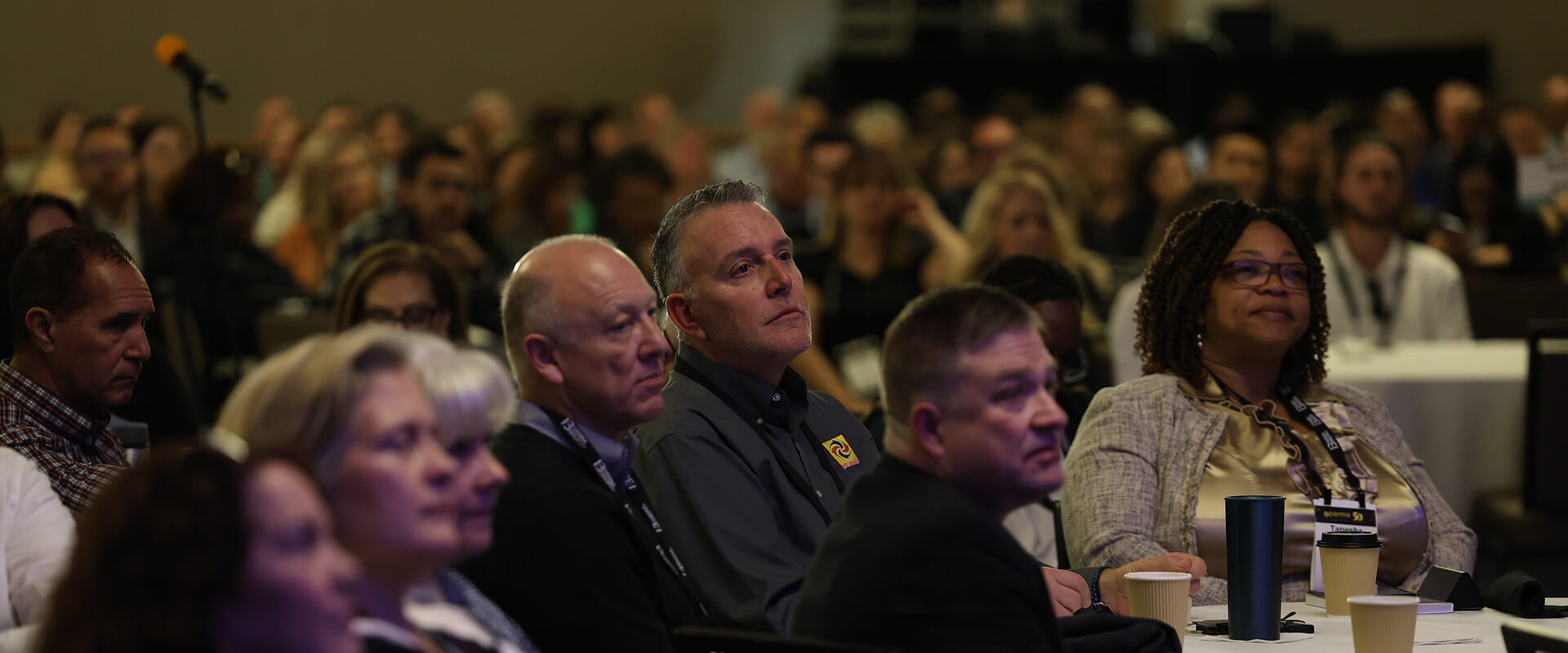During the 2017 disaster season, three severe hurricanes devastated large parts of the U.S.
The quick succession of major disasters made it obvious that such large-scale emergencies can be a strain, even in one of the world’s richest countries.
As a complex emergency researcher, I investigate why some countries can better withstand and respond to disasters. The factors are many and diverse, but three major ones stand out because they are within the grasp of the federal and local governments: where and how cities grow; how easily households can access critical services during disaster; and the reliability of the supply chains for critical goods.
For all three of these factors, the U.S. is heading in the wrong direction. In many ways, Americans are becoming more vulnerable by the day.
Where Americans live
Large shares of the U.S. population live in the parts of the country most vulnerable to major disasters, mainly coastal areas prone to hurricane damage. Hurricanes Katrina, Sandy, Harvey and Irma all hit heavily populated coasts.











